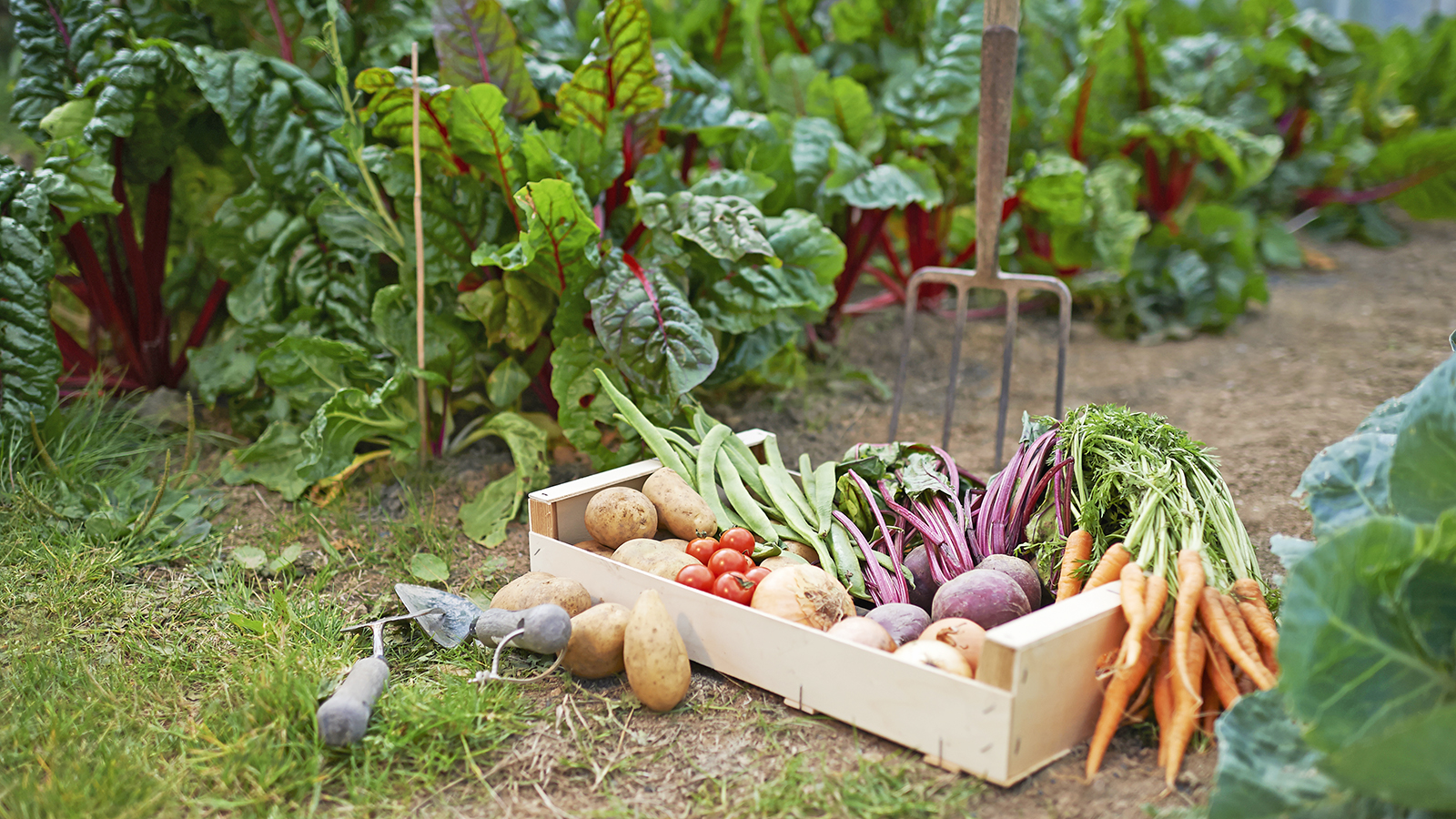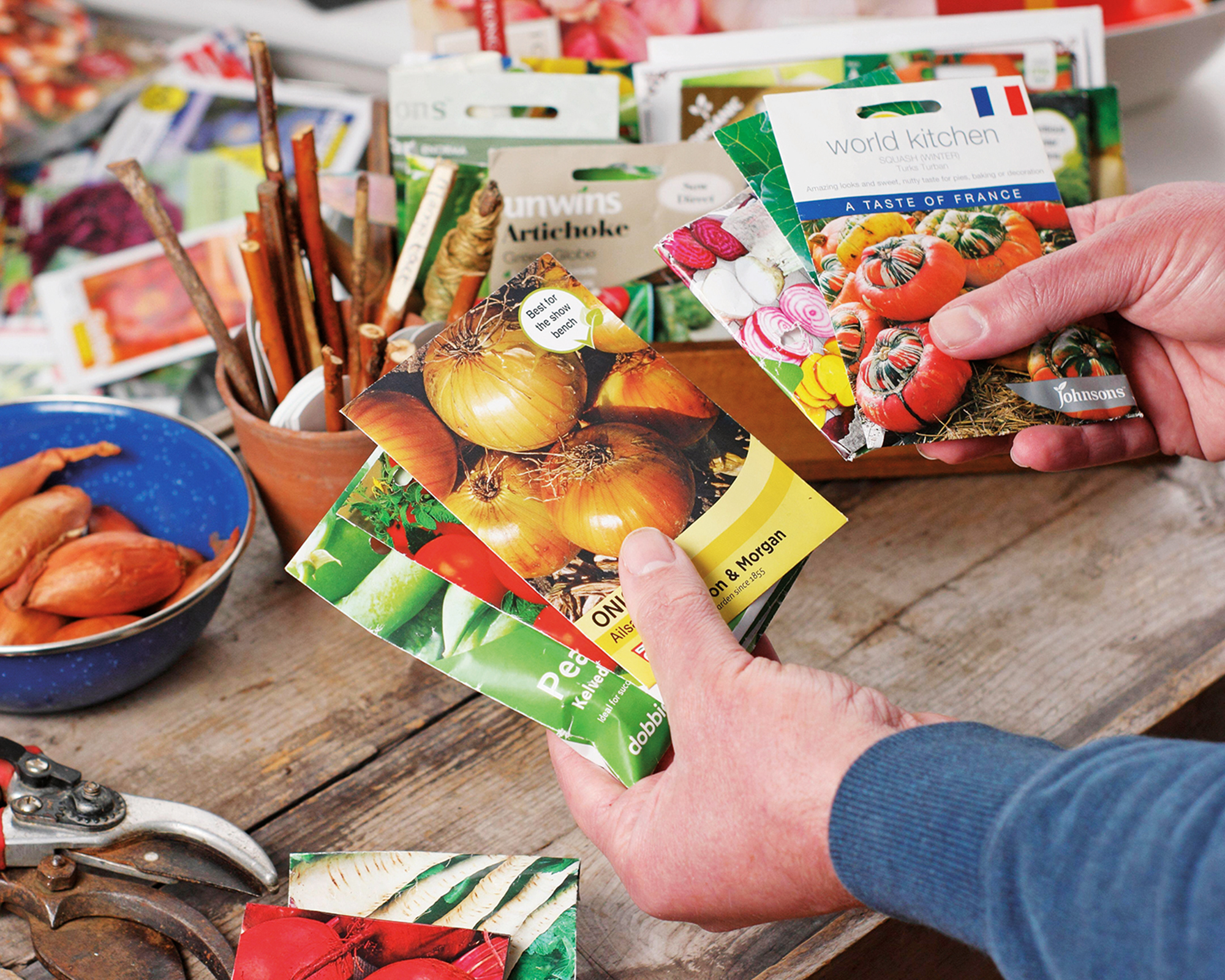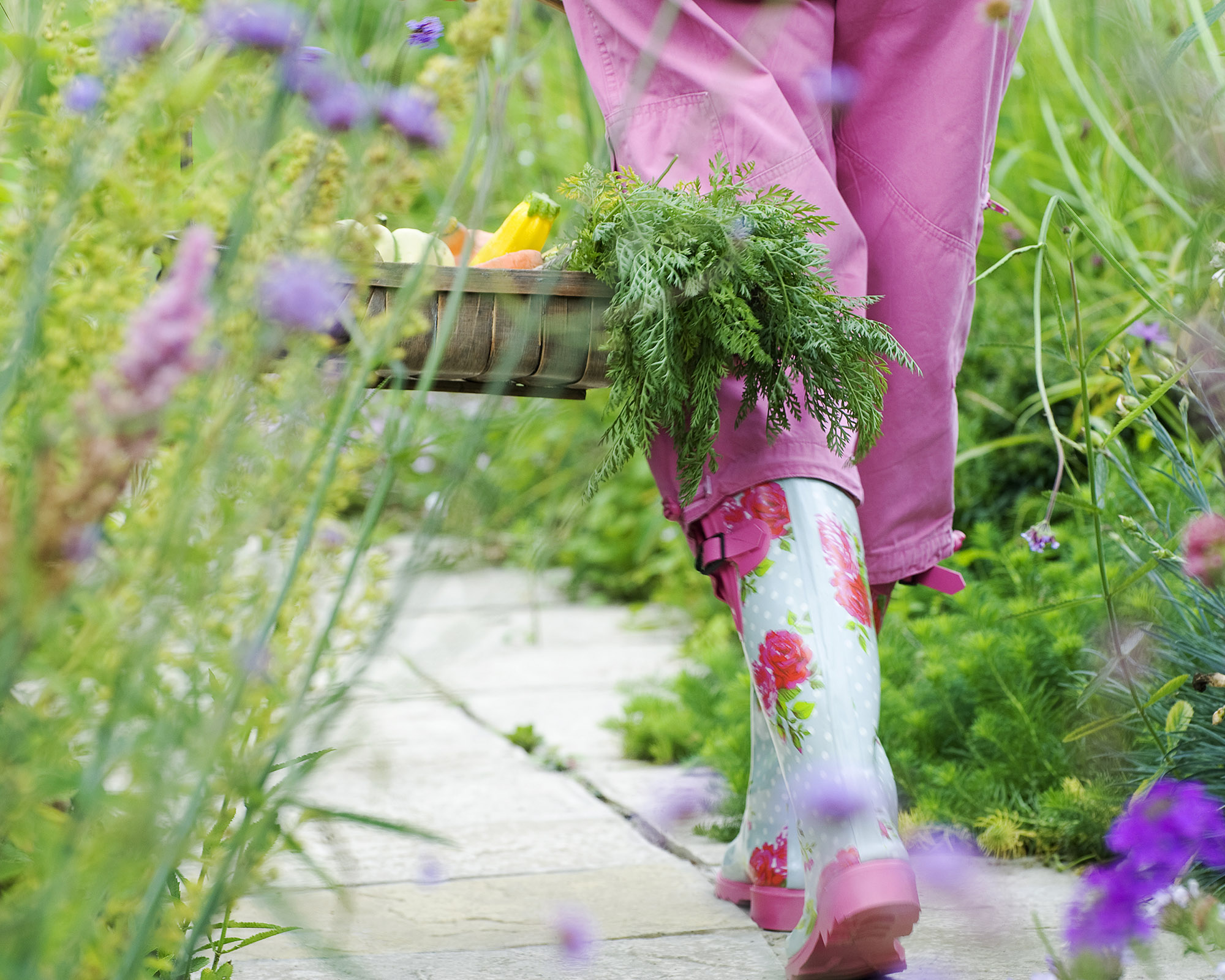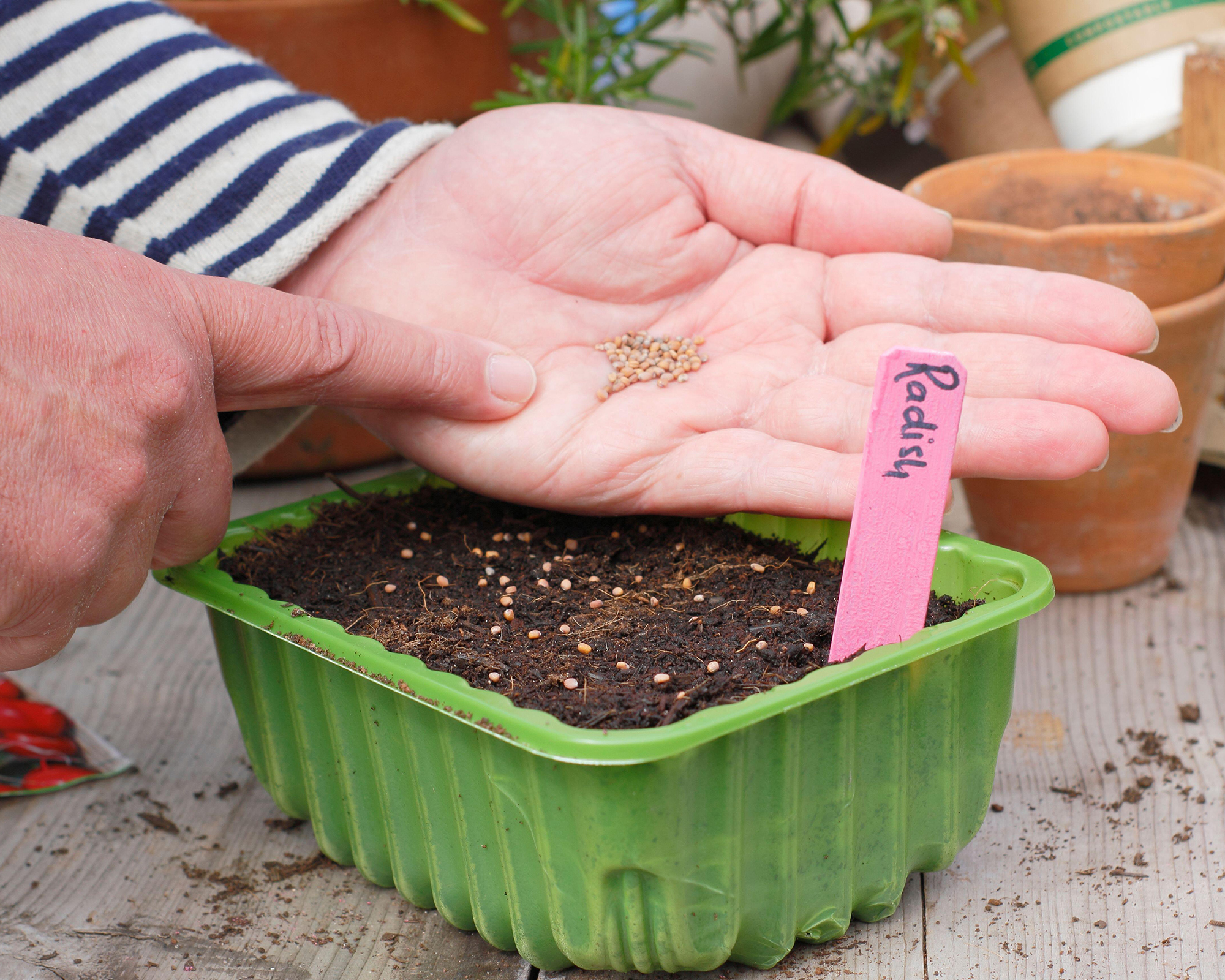When To Plant A Vegetable Garden: The Best Time To Start For A Bountiful Harvest
Learn the perfect time to plant, considering your climate and what you want to grow for better harvests.


The cultivation of crops was one of the fundamental building blocks in the creation of civilization. We humans have been growing our own food for millennia. So, if you’re in for a garden this year, don’t worry, it’s in your DNA.
Considerations abound about how to start a vegetable garden, from what to grow and when to start planting seeds to how soon (or how late) you can get your hands in the dirt and have a bountiful harvest. The tips below will help you clarify your harvest goals and provide a rough guide for when you can get to gardening, depending on your location.

Grow What You Eat
One of the first considerations when determining when to start your garden is what you and your family want to eat. Do you enjoy salad? Then try growing lettuce, tomatoes, peppers, and carrots. You can find the best varieties of non-GMO vegetable seeds in the Gardening Know How Shop.
Perhaps you heard broccoli is easy to grow, but will your kids eat it? Do they love pizza? Then try growing tomatoes, onions, basil, and other veg they like as toppings. The Shop even offers a Veggie Pizza Garden Seed Collection that will let your family grow their toppings from scratch! It’s tempting to grow everything but focus on the vegetables you’ll actually consume.
You might also consider these two other ideas:
- Grow something you’ve never grown before but would be interested in trying (like the Mexican Sour Gherkin Seeds, available in the Shop).
- Plant a row of something – maybe that broccoli your kids won’t eat – and donate it to your local food bank.
Once you’ve determined what you would like to grow (and eat), consider if you have the space to grow it. For example, some vining plants such as cucumbers need either lots of ground to crawl on or a trellis on which it can climb upward.
Root crops such as carrots and potatoes need deeper soil so would prefer a traditional garden bed rather than a patio container.
Sign up for the Gardening Know How newsletter today and receive a free copy of our e-book "How to Grow Delicious Tomatoes".
However, smaller crops like chili peppers, beans, and radishes thrive in containers. Try our Ultimate Container Seed Collection, available in the Shop.
Understand Your USDA Zone
What veg you’ll grow and when you’ll plant it depends on having the proper climate for your chosen crops. For example, the best vegetables to grow in the Pacific North West will differ slightly from the best vegetables to grow in Michigan and the Upper Midwest.
Some crops like tomatoes, peppers, and okra prefer long, warm summers. Kale, spinach, and lettuce can grow better in cooler temperatures. The US Department of Agriculture created a map called the USDA Hardiness Zone Map that divides the country into zones based on the average annual minimum winter temperature that region experiences.
For instance, USDA zone 5, which includes parts of the Northeast and Midwest, experiences colder average annual minimum temperatures than zone 8 in the South-East. Those living in zone 8 have longer stretches of warm weather and are perfect spots for growing tomatoes and peppers. Regions with longer stretches of colder weather are ideal for growing cool-growing crops such as greens.
Knowing your zone will help you determine which plants are best suited to your area and when you can expect them to thrive. Most seed packet information includes the USDA zones in which that crop will thrive, so pay attention to those seed packets when purchasing.
See your growing zone below for more information about what vegetables to grow and when to start planting seeds.

Know Your Last Frost Date
When you’ll be able to plant your zone-appropriate vegetable crops also depends on the last frost date for your area. This is the average date in spring when a light frost is likely to occur. Frost, which is the formation of a thin layer of ice, can severely damage and kill sensitive plants. To prevent crop loss, it’s a good idea to plant your garden after this date.
Cold climates will have a last frost date as late as June, and warm climates may not have frost at all. Where you fall in that range can be determined by contacting your local extension office or consulting an online almanac.
These last frost dates are never guaranteed! You may plant your vegetable garden after the listed last frost date and experience a frost the very next night. So, always keep an eye on the weather report. If you have planted your crops and have a forecasted frost, it’s possible to take some measures to protect plants from a freeze, such as covering your tender plants with a heavy sheet or light blanket.
Start Seeds Indoors or Outside?
Growing vegetables from seed is a cost-effective way to raise multiple plants of the same variety. Should you direct sow seeds in the ground outdoors or try starting seeds indoors in soil-filled trays under grow lights? That answer depends on your climate.
For those living in warmer USDA zones with longer growing seasons, sowing seeds of those heat-loving crops such as eggplant and okra directly in the ground is indeed possible. You’re also able to direct-sow seeds of fast-growing vegetables such as beans, peas, and leafy greens.
For those in cooler USDA zones with fewer warm days, seeds of warm-weather crops are best sown indoors. Exactly when to start seeds indoors depends on your last frost date. The seed packet often lists this as information such as “sow indoors 10 weeks before last frost.” If you miss that ideal week to sow, it’s okay. Sowing a week or two (or even three) later will be fine.
Not sure what you’ll need to set up a seed starting system? The Gardening Know How Shop offers the Organic Vegetable Seed Bio Dome Collection, complete with a seed-starting mini-greenhouse and eight certified organic packs of vegetable and herb seeds.
Those cooler-climate gardeners may be able to sow seeds of some crops directly into the garden bed on or even a week or two before the last frost date. These are often crops of quick-growing vegetables such as carrots and radishes, or those that grow well in cool weather.

It's Never Too Early – or Too Late!
When can you get your hands in the dirt – or at least your seeds in your seed trays? That all depends on your climate and what you are growing, as mentioned above. In colder regions such as USDA Zones 3-5, you may sow seeds indoors beginning in late February or March. This depends on the “sow indoors X weeks before last frost” information on your seed packet.
For folks in warmer zones, you may start your seeds indoors as early as January. And depending on what you’re growing, you could even sow those seeds directly in the garden. Lucky you!
If you’ve had a busy late-winter and early spring and you’re asking, “Gosh, am I too late to plant a garden?” the answer is not at all. Seed-starting indoors or outside is still possible – and you have longer than you think to get those plants in the garden. You can still have a productive garden right up through fall, depending on your climate. Plant fall crops 10-12 weeks before the first frost in fall. Cool-season veggies such as broccoli, kale, and cabbage are perfect items for that time of year, and they even become a little sweeter if they experience a bit of cold weather.
Whether in early winter or late summer, indoors or outside, starting a vegetable garden requires just two things to reap the benefits – a willingness to grow and some seeds to plant.
More Growing Inspiration
- Discover the 7 best vegetables to start from seed in February – and start harvesting delicious home-grown crops in spring.
- Learn how to grow basil in water: try no-mess hydroponics for fresh harvests year-round.
- Grow a windowsill of vegetables over winter with advice from a leading gardening expert.
- Struggling to grow vegetables from seed? Fix these 7 seed-starting mistakes before it's too late.
- Visit the Garden to Table browse-by experience in the Gardening Know How Shop to choose all the essentials you need to get growing.
This article features products available from third party vendors on the Gardening Know How Shop.

Ellen Wells is a horticultural communications consultant with 30 years of experience writing about all aspects of the gardening world.
She has worked for many of horticulture’s biggest brand names, writing blog posts, articles, press releases, and design and instructional pieces. Her previous roles include Senior Editor and Editor-at-Large for Ball Publishing.
Ellen is based in New England where she gardens in Zone 7a. She loves tending to flower-filled containers on the patio and puttering around her vegetable garden.
